Jet Ski Insurance Cover
 Jet Ski Insurance Cover
Jet Ski Insurance Cover
With Summer just around the corner, getting out on a jet ski to blow away the winter cobwebs could be just the ticket. Before you set out on the water, it’s important that you have the right jet ski insurance to meet your needs.
Although there is no legal requirement to have jet ski insurance when heading out on the water in the UK, it will give you peace of mind that you’re covered, should anything go wrong.
Assist Insurance Services offer three choices of jet ski insurance cover:
- Comprehensive Craft and Liability Cover
- Craft Cover Only
- Third Party Liability Cover Only
Craft cover – i.e. insurance for your the ski itself
This includes loss or damage to your jet ski caused by:
- Fire or explosion
- Accidents of others, such as collision, sinking or grounding
- Deliberate or malicious acts including arson and vandalism
- Theft or attempted theft
Our jet ski insurance is not limited to these risks – see our jet ski insurance policy wording for more details.
Jet ski insurance – Third Party Liability Cover
This covers you for the cost of damage or injury to third parties up to the value of £3million, but you have the option to choose a different limit. By a third party, we mean anyone who is not related to you, or working for you and their property.
This element of your jet ski insurance also covers you and your family’s legal costs and compensation payments in settling or defending a claim resulting from injury or property damage to others, which was caused by you, when using your jet ski. It includes solicitors’ fees and other expenses relating to official enquiries of coroners’ inquests.
Jet ski Insurance – Optional Covers
There are a number of optional cover options which may be suitable for you providing you with additional cover suitable for your individual needs. They are as follows:
- Protected No Claims Discount
- £1million water ski liability
- Credit card and cash up to £250
- Watch and jewellery up to £1.500 and over £1,500 safe restrictions
- Legal expenses cover up to £100,000
- Personal possessions cover on board
- Trailers and trollies cover
- Flexible third-party liability cover
- Water skiing and towing of toys.
- Contents cover available
- Portable craft equipment
Please note that it is important to keep your jet ski properly maintained, as general wear and tear is not covered by your jet ski insurance policy. For full details, see our jet ski insurance policy wording.
Follow us on Facebook, Twitter and LinkedIn or have a look through our website for more information.





 When is a Boat also a Yacht?
When is a Boat also a Yacht?

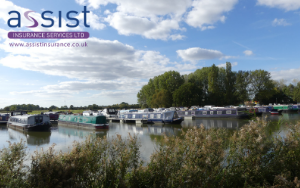 The start of a new year is often a time when we decide to put our long-held dreams into action. If you’ve always dreamed of owning a narrowboat, but didn’t know where to start, then here are a few general tips and things to think about.
The start of a new year is often a time when we decide to put our long-held dreams into action. If you’ve always dreamed of owning a narrowboat, but didn’t know where to start, then here are a few general tips and things to think about.
 If you live on a narrowboat, or you continue to use it throughout the winter, it’s a good idea to review your security practices at this time of year as daylight is in short supply. You may also find that new technology is available and/or more affordable to help you protect your narrowboat.
If you live on a narrowboat, or you continue to use it throughout the winter, it’s a good idea to review your security practices at this time of year as daylight is in short supply. You may also find that new technology is available and/or more affordable to help you protect your narrowboat.
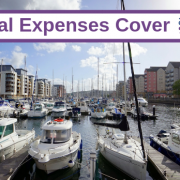
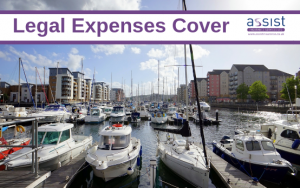 Why opt for legal expenses cover in your marine insurance?
Why opt for legal expenses cover in your marine insurance?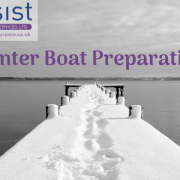
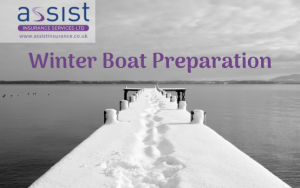 If you’re not planning to use your boat over the winter months, then now’s the time to think about bringing it ashore and protecting it against whatever the elements have in store. Winter boat preparation is vitally important to reduce the need for expensive repairs in the spring. What you do depends on the type of boat of course, and it may be a familiar routine, but here is a reminder of some of the key points.
If you’re not planning to use your boat over the winter months, then now’s the time to think about bringing it ashore and protecting it against whatever the elements have in store. Winter boat preparation is vitally important to reduce the need for expensive repairs in the spring. What you do depends on the type of boat of course, and it may be a familiar routine, but here is a reminder of some of the key points.
